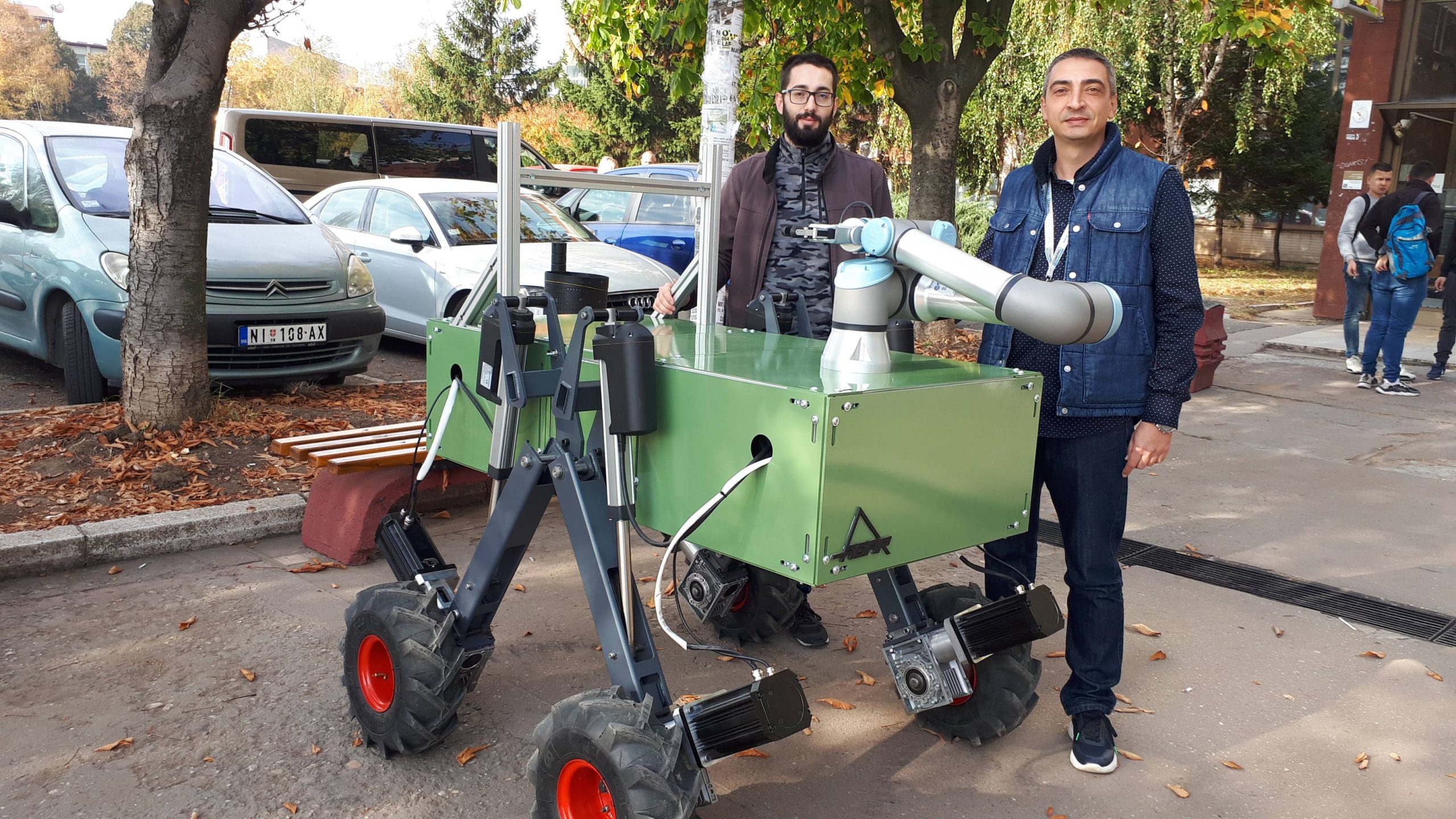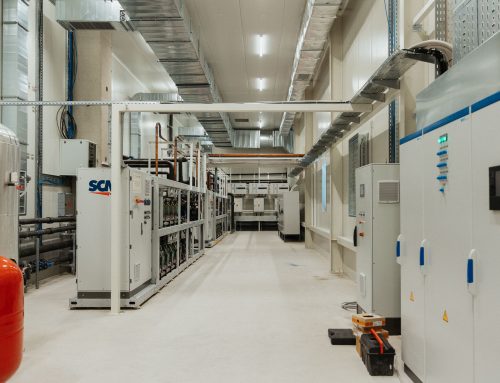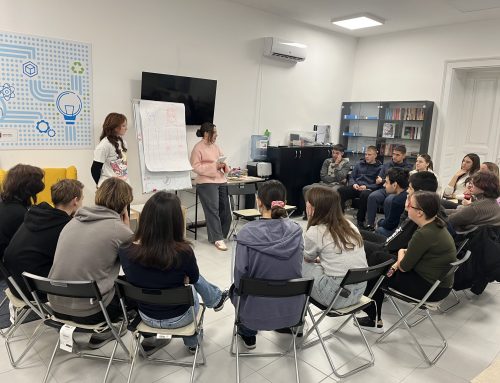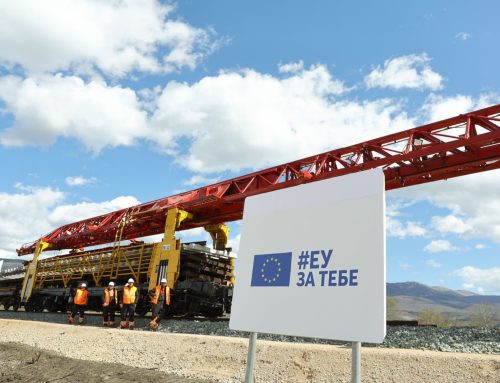Innovations are the key to development, and in recent years Niš has become the innovation centre of Serbia. Robots that look after sheep, inspect locomotives and help farmers in the fields are just some of the products designed by Niš engineers.
The Coming company from Niš is well on its way to, after making a robot for shepherding sheep, also making Agar robots that will be able to perform almost all tasks in agriculture, starting with plowing, planting, spraying, watering, up to picking.
“Coming” experts started the creation of the robot in February of this year and have so far created six of its prototypes, and will continue with improvement and development until February 2024.
What will make the robot made in Niš different from others is not only that it will be able to perform different tasks, but also that it will be able to be used on very steep terrains.
Nikola Velčev from the Coming company told the Beta agency that Agar easily overcomes slopes of up to 40 degrees.
“We tested it in the field and pulled 345 kilograms at a 30-degree incline. We developed automatic leveling so that when the robot encounters a rise, it lowers the front part. Without it, it would tip over if it was carrying a lot of weight or pulling a trailer,” said Velčev.

According to him, Agar is designed so that it can perform tasks that are on the ground itself, for example picking strawberries, and in a few seconds the robotic platform can be adjusted and raised, so that its arm can reach two meters or two meters and 10 centimetres.
“Our goal is to develop a robotics platform that will allow system integrators to develop sequels. Literally like a tiller that has a large number of extensions for different activities. Currently, there are robots on the market that are specialised for certain jobs,” explained Velčev.
Velčev added, about 30 experts from Coming and the Faculty of Mechanical Engineering of the University of Niš are working on the development of the robot, and the project is financed by the Fund for Innovation Activities.
“We are currently working on making Agar a little lighter because we have concluded that we have strengthened him too much, and with that we will increase his carrying capacity by 30 to 50 kilograms. It is certain that it will be able to work without interruption 24 hours a day with the batteries we have installed in it,” said Velčev.
As he said, farmers who buy Agar will have to undergo management training, but it will not be complicated.
“The robot will be able to be controlled with the help of a joystick, and it will also have an autonomous system and will be able to move with the help of sensors, detect obstacles and bypass them. It will have GPS navigation, so it will be able, with the help of marked points, to get from home to the field by itself,” said Velčev.
He added that the plan of the experts who are working on the development of Agar is that by the time series production starts, in two or three years, the price will drop enough that it can be afforded not only by large farms, but also by small producers.
“At the moment, agricultural robots sold on our market cost over 100,000 euros, which is a huge figure for farmers,” said Velčev.
According to him, the Shepard robot, which they finished last year, will soon be on sale, after some minor changes are completed. Shepard, Velčev reminded, will be able to look after a flock of up to 620 sheep.
Engineers from Niš had the support of the European Union. The Agar project is financed by the Fund for Innovation Activities from the Pre-Accession Funds of the European Union and the budget of the Republic of Serbia from the Ministry of Education, Science and Technological Development.
As a reminder, the European Union’s support for agriculture and rural development in Serbia is worth more than 230 million euros from 2000 to today. EU projects from this sector encourage the use of funds from funds for agriculture and rural development, are intended to improve consumer health protection, improve product quality, provide incentives and increase the competitiveness of Serbian farmers on the European Union market with over 500 million consumers.
Photos: Beta/ Biljana Ljubisavljević




